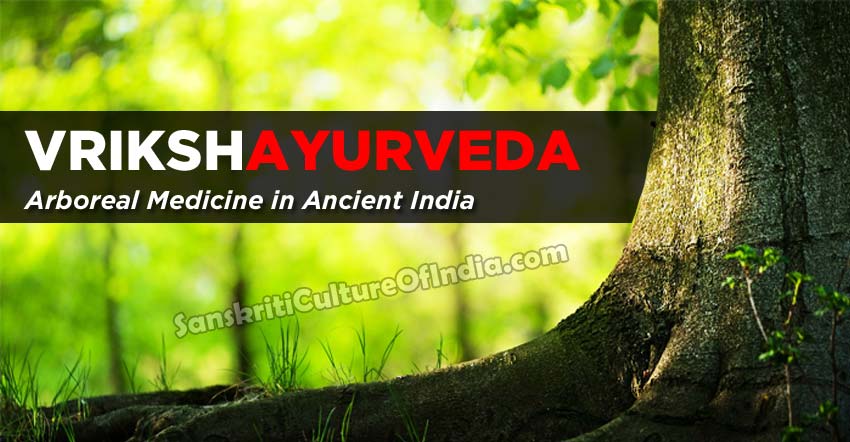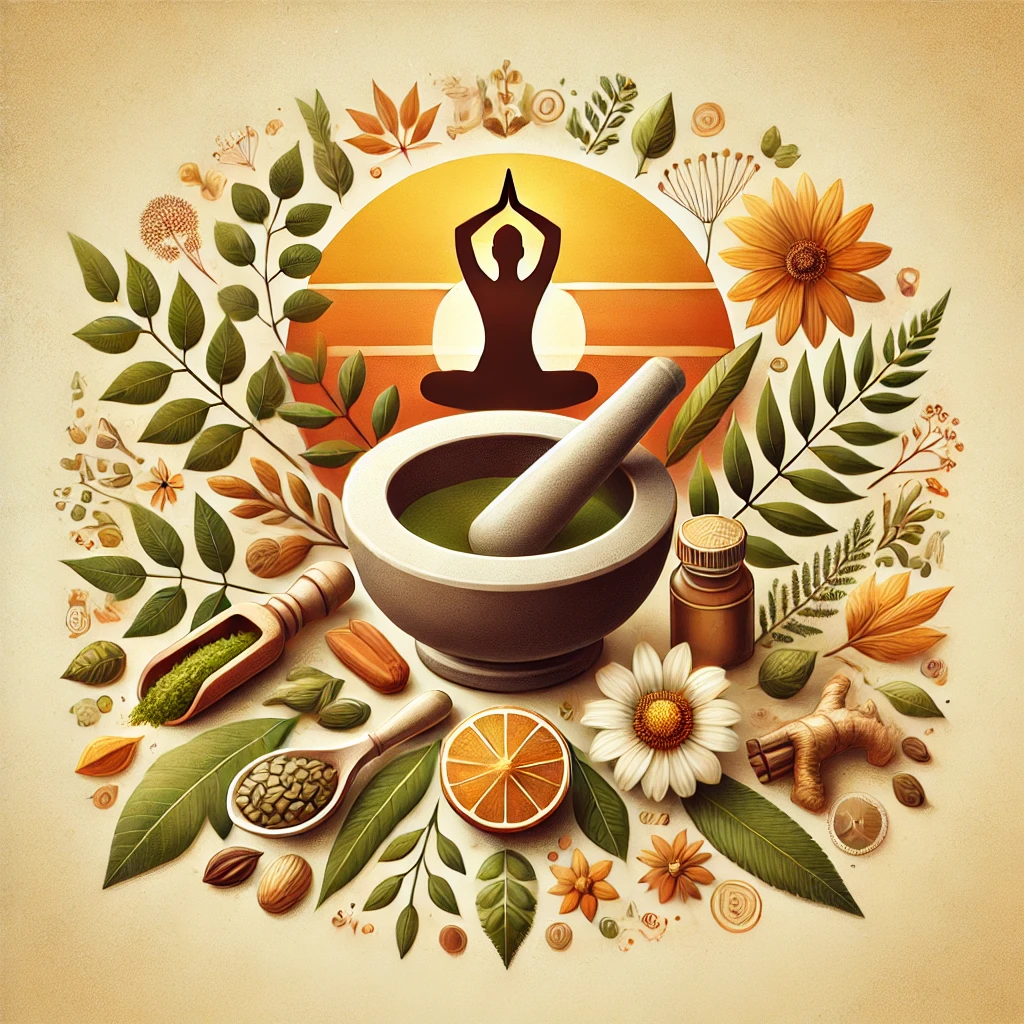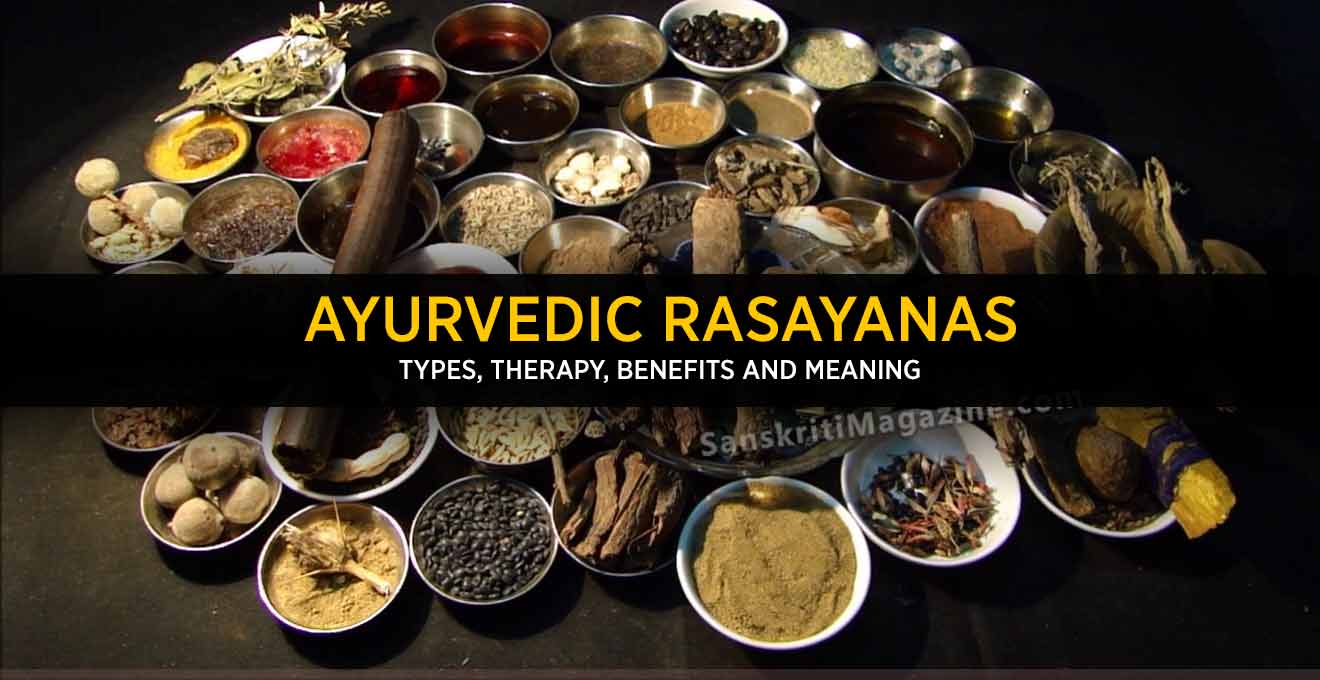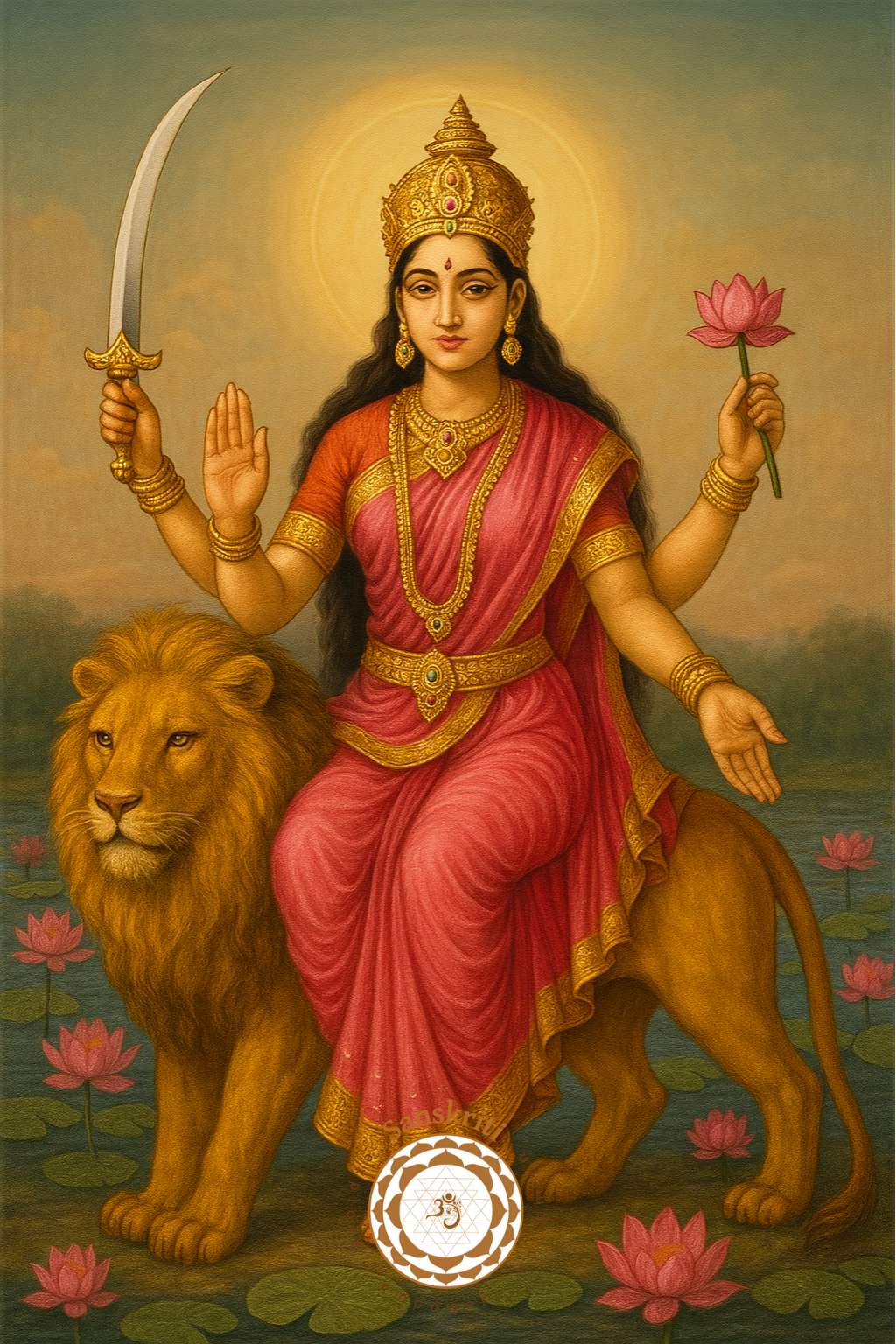The treasure of our knowledge once belonged to the woods. Our spiritual teacher and sages also belonged to the woods. Why did they make the jungle their home?
The psychological explanation given for their passion for forests is the traditional Indian predilection for meditation. It was the forest alone that offered the peaceful atmosphere so essential for deep contemplation, Russell, the Philosopher, says that he perceived philosophy in the dense forests. There exists in them an atmosphere conducive to realization of the soul and generation of new ideas. The grandeur of our forests has been extolled in one sangha Kavya between the first and fifty century. Thereafter we find an absence of such pieces of literature in south India. Going further north and examining great literary works such as Ramayana, Kadambari and Sakuntalam we encounter an overwhelming and ardent love of wild life and forests. Valmiki refers to Rama in the Ramayana as “the lover of forests”. Rama is said to have lit up the Dandaka forest by His own radiance. There is a reference to Aranyani, the Goddess of forests in the Rg Veda.
The Rg Veda in its first chapter tells us that the secret of the tree-trunk’s growing upwards is the powers vested in Puta daksan – the Varuna God. As well-to-do people, now go on foreign tours, rich people of those times sought the forests. The forest offered them the right atmosphere – be it to hunt or think or write. As man’s associations with forests deepened, his concern for the health of the forests also grew. He started thinking about the ailments of trees, and their causes and cures.
Though “Vrksa Cikitsa” had not become a separate branch of study even when Ayurveda flourished during the 6th Century B.C., references to it can be seen in many samhitas. Around 400 B.C. Salihotra wrote Vrksayurveda must have been a different person living in the times before Christ. Apart from Vrksayurveda the diseases of trees and their treatment are dealt with in ‘Brhad samhita’ and ‘Agnipurana’.
Vrksayurveda is a giant work consisting of twelve chapters namely:
- Bhumi nirupana,
- Bijoptivithi,
- Padapavivaksa,
- Ropana vidhana,
- Nise canavidhi,
- Posana vidhi,
- Drumaraksa,
- Taru Cikitsa,
- Upavanakriya,
- Nivasa sanna taru Subhasubha Laksana,
- Taru Mahima and
- Citrikarana
The first chapter mainly deals with the classification of the soil. It is divided into classes according to fertility and the accessibility of water. The first class bears the name ‘Jangalam’; which represents the places where there is very little water and less vegetation. The next class is names ‘Anupam’, and comprises rich and fertile lands with irrigation facilities surrounded by thick towering trees. The third name ‘Sadharana’ is assigned to ordinary lands, that are neither very fertile nor infertile. These three classes are broken up further into six sub-divisions on the basis of the colour and flavor of mud. The earth is said to have acquired different colours and flavours owing to the irruption and disruption of age-old rocks whose clay and sand contain an enormous amount of chemicals and minerals.
Present day agricultural conceptions of the selection of soil and cultivation of trees and lesser plants appear to be based on agricultural principles not different form those followed by our ancient agriculturists. If we go through Varahamihiras ‘Udakargala’ and its annex Kupasastra’, we find very modern scientific techniques involved in the investigation of underground water supplies moderately illustrated. Another sound illustration compares Mother Earth to the human body. Jut as the blood vessels carry the blood through the surface and internal parts of the body, so also there are various fountains of water in the upper and lower layers of the earth. It also cautions against leaving as inch of territory barren and uncultivated, and says that all land can be made fertile and cultivable by dexterous human labour, official grants, and above all, by the blessings of God Almighty.
Israel appears to be the only country which has put into practice the advice of sarngadhara in full. She is engaged in waging a real war with Sinai, and has succeeded to a certain extent, in utilizing a small portion of a great, grand desert sea.
The Chapter “Bijoptivithi’ is a significant for its explanation of the grading and preservation of seeds. Before planting, the seeds should be mixed with ashes and exposed to treatment by medicated smoke. This procedure ensures full growth and health of the plants.
The rules of cultivation laid down in the book go very well with the latest methods adopted by our present-day specialists for growing more food. The roots of sesame plants and others of the bean family carry root modules containing bacteria. These bacteria imbibe nitrogen and produce nitrogen salt which are rich and very nutritious food for plants should not be removed from the fields after the harvest, but ploughed along with the stubble when the field is being made ready for the next sowing.
The biology of trees is very lucidly and scientifically set forth in the Chapter ‘Padpavivaksa’. The question whether plants have life and senses, is one of the subjects of a heated argument between Bharadvaja Bhrgu in Santiparva, in the Mahabharata. Finally, it is concluded that plants have life and senses. The only difference between man and tree is that while the tree has its head rooted deep in the earth, and the branches spread in the air, man keeps his head high up and walks on his branches, his legs. Plants and trees can suffer from hunger and thirst. They need sleep too. The names and types of creepers and trees that go to sleep soon after sunset are very carefully noted. TTN Singh has carried out extensive researches into how music helps plants to grow with added health and vigour. The scientist JC Bose made ‘the weeping of trees’ one of the main subjects of study. Saplings dug out of their original infertile habitat, it is shown, and replanted in grounds rich in resources grow robustly. The book even gives notes upon the length and depth of the pits for replanting, and also on the different types of fertilizers to be used for different kinds of plants.
The chapter ‘Niscana Vidhi’ deals with methods of irrigation and fertilization and directions for them. The amount of water to be given to each plant at every stage is very accurately calculated. There is also information on the problems that might arise out of the danger and disease that plants are liable to, if water is allowed to stagnate around them. Fertilizers are prescribed for undeveloped and underdeveloped trees and plants. Not only in Vrksayurveda but in ‘Brhat Samhita’ also do we come across a special type of fertilizer named ‘Kunapajala’. This is made mainly out of the carcases of such animals as deer, pigs and goats. All kinds of dead animals, cowdung, urine and even fish are emphasized as the most suitable manures.
The Chapter Drumaraksa is full of advice as to how plants and trees could be saved from the torments of adverse weather conditions, strong destructive winds and ’Fibre’ storms. Certain herbs are used as medicines, which when rubbed on the broken branch from where a dry twig is removed, saves the rest of the whole tree from drying up. If a healthy tree or plant did not flower the practice of exposing it to smoke was very successfully tried.
The next Chapter ‘Nivasasanna taru ‘Subhasubha laksana’ is full of many fascinating proposals. A perfect dwelling must have ‘Peral’ in the east, ‘Athi’ in the South, ‘Arayal’ in the West and ‘Eithi’ in the North. But they should never be planted too near to the house; their branches and leaves should not reach the roof and windows. Vagbhatacharya very strongly advised people against spending the night in the shade of trees.
The chapter ‘Tharumahima’ has a different story to relate. It declares that ten wells are equivalent to one pond, ten ponds to one lake, ten lakes to one son and ten sons to one tree. A more convincing inference could never have been arrive at to emphasize the importance of trees and to show the amount of love, honour and attention wit which they were treated. ‘Tarumahima’ announces that a man attains the highest conceivable perfection by planting trees. It was believed that the Almighty lives with those who plant trees that yield edible fruits. And, if a man has an ancestors suffering in hell, fourteen out of them are sure to be redeemed if this person plants five mango trees wither in the garden or on the road side.
Next comes chapter ‘Upavanakriya. It is dense with instructions an detaching upon the organisation, cultivation and preservation of gardens. After the most suited ground has been selected for the purpose, the first endeavour must be to build a ‘Latagrha’. For this house one must select a special type of creeping plant that yields in great profusion, sweet-scented blossoms and flowers. Similar creepers should also go to erecting a sing in the garden. The next step is the construction of an artificial hillock ‘Kridaparvata’ along with a grotto a valley, and a large body of crystal-clear water with a fountain in the centre. Swans should render added charm by swimming along to pool. Next would come the building of a ‘Kadaligrha’. It is a kind of rest house erected in the middle of the miniature lake.
The chapter ‘Citrikarana’ depicts some astounding techniques and feats which leave the modern scientist stunned. The ancient scholars possessed systematized knowledge of unparalleled performances and manipulations, conducted to afford fragrance to nonfragrant flower and colour to a colourless one, to make a plant bloom throughout the year irrespective of the seasons, bring forth premature maturity to plants and fruits, and change the shape and form of trees.
Sarngadhara is so modest as to confess that this wisdom rarned and stored up on his book Vrksayurveda should not be considered an achievement exclusively his own. What he says here is the result of probing a wealth of knowledge hidden in the dexterous and dedicated works of enlightened and accomplished saints and sages of ancient times, striving towards attainment of the real essence and truth of knowledge.
~ C.K. Ramachanran
SELECTED BIBLIOGRAPHY
1. Vrksayurveda
2. Ramayana
3. Sarngadhara Samhita











